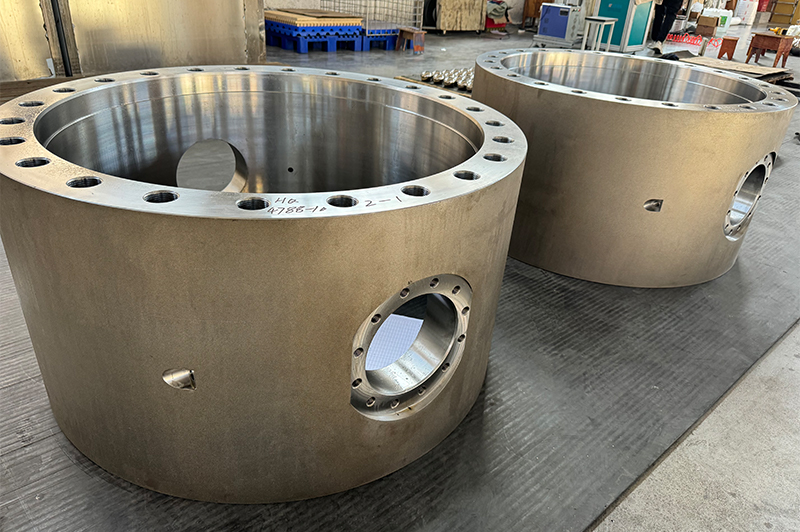In today’s evolving industrial environments, the demand for reliability and precision in fluid control has become more prominent. Modern processing plants, especially those dealing with abrasive or high-temperature media, increasingly turn to durable valve solutions. Among the technologies gaining recognition is the seal ball valve, known for its ability to function in demanding scenarios without compromising performance. With system efficiency and lifecycle value in mind, the seal ball valve has earned a place in numerous sectors requiring robust shut-off and throttling functions.

The seal ball valve utilizes a rotating mechanism that enables tight sealing even under high pressure or corrosive conditions. Its design supports effective flow regulation, which is essential for industries such as chemical processing, power generation, and petroleum refining. A notable feature of many modern variants is the incorporation of the hard seal ball, a component crafted for extended durability. These hardened elements reduce the impact of wear over time, particularly when valves are frequently cycled or exposed to particulates.
Unlike soft-seated models, valves fitted with a hard seal ball offer improved structural resistance in harsher applications. This quality becomes particularly beneficial when media includes steam, slurries, or gases at elevated temperatures. Plants aiming to reduce maintenance cycles are beginning to specify seal ball valve systems in critical control zones. Such selections are based not only on resistance to corrosion and pressure but also on consistent operational integrity across longer intervals.
The inclusion of a hard seal ball allows the valve to maintain its sealing capacity even as surface contacts undergo stress. This directly translates to fewer breakdowns, improved plant safety, and more predictable shutdown schedules. As industries strive to reduce unplanned downtime, components like the seal ball valve become integral to engineering strategies that focus on reliability. By less internal leakage and supporting tight shut-off, these systems support both safety compliance and fluid process accuracy.
In recent installations, engineers have observed that the hard seal ball adapts well to retrofitted systems. When updating older infrastructure, this component can be matched with a variety of actuator types and control modules. It offers compatibility while enhancing sealing performance. In multi-product lines where different temperatures and pressures are present, the seal ball valve continues to demonstrate stability without frequent recalibration. This adaptability is part of why more facilities are transitioning away from legacy valve systems.
Materials selection plays a vital role in the functionality of the seal ball valve. The hard seal ball is typically composed of alloy steel or treated stainless materials, which can endure physical impacts while resisting chemical attack. These construction elements ensure that the valve's core mechanism remains effective through long-term use. Additionally, the internal structure supports small deformation during thermal expansion cycles, a key consideration for applications where temperature variation is significant.
As production environments continue to scale up in complexity, precision and ruggedness are no longer optional. The hard seal ball, through its integration into modern seal ball valve designs, reflects a shift toward smarter, more durable engineering solutions. These valves aren’t just replacements for older systems—they represent a calculated response to specific technical demands. Whether used in batch processing, continuous operations, or automated distribution lines, their function remains consistent: to manage fluid flow with accuracy under pressure.
The use of seal ball valve assemblies featuring a hard seal ball is expected to increase in areas where mechanical stability is crucial. Their role in advancing industrial fluid control is evident, offering a balance between durability and performance that aligns with evolving system requirements.